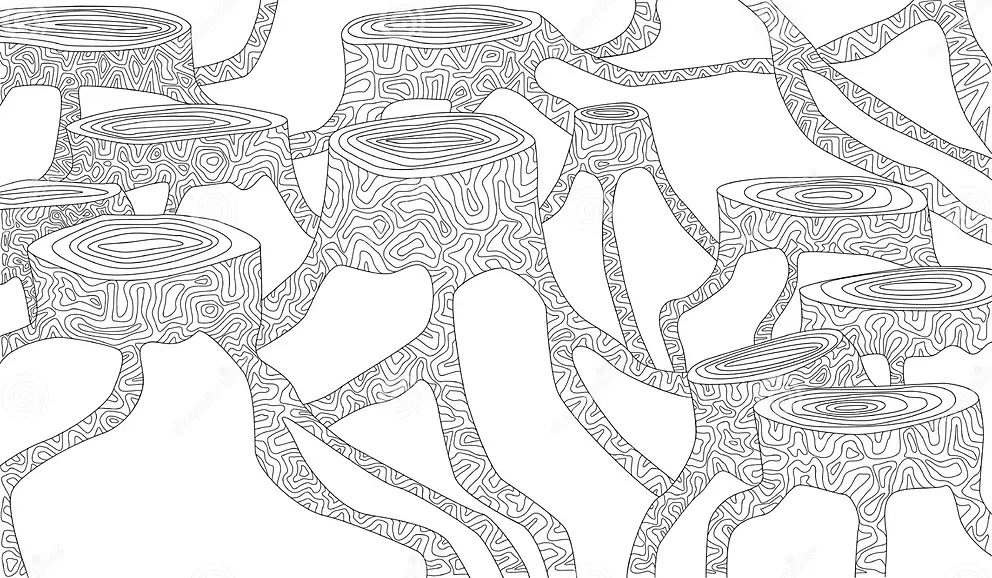Story Info
Story Info

Benet Waterman and Alizon
West Dorset, England
2019
Type of Wounded Place
Story & Experience
As we set off for our vacation in West Dorset, we expected to find many sadly neglected areas along the roadside and around service stations as we journeyed and had planned to do ‘guerrilla sowing of seeds’ in those places for our RadJoy act of healing. In the event, to our great Rad-joy,we came across none! We have since discovered that England has a growing commitment to developing wildflower verges alongside our motorways and roadways! It certainly showed on our journey. A huge and heart-warming step forward in supporting our bees and wildlife generally! Wonderful!
What we did come across, however, as we walked along a section of the Jurassic Coast was the deserted hamlet of Stanton St. Gabriel. In 1906 Stanton St Gabriel was described as “a village which was lost and forgotten centuries ago.” The writer continued, “all that remained of the settlement was an ancient farmhouse, in a state of musty decay, and a cottage. Close to the farm and encumbered with its litter are the ruins of the village church”.
The old settlement had become virtually deserted by the 18th century; the inhabitants having moved either a short distance inland, or to nearby Bridport, where work was available in its ropewalks. We can safely assume that at least some of them eventually made their way to the ‘old colonies’—emigration from this part of England is well-documented.
High up above the ruins of the church stands Golden Cap—the highest cliff on the South Coast of England—a joy for walkers such as we two—and as we made our way down to create our RadJoy bird in the ruins of the church we gave thought to just how many folk might well have climbed the hill in those long forgotten days to look out across the sea and imagine a better life to lie beyond.
Life in England was hard for a great many people and migration then, as now, as much about the ‘push as the pull’—the need to escape religious oppression, civil war, plague or crop failures. The seventeenth century was a time of turmoil and persistent crisis. We might well ask, what has changed in our shared human history? Our act of healing, then, paid homage to those who have found themselves driven to migrate, in all times and in all places, for reasons such as these—and held thoughts of hope for those who find themselves in that position today. Migration challenges us all and prompts us to look deep within our sense of collective responsibility. We are all children of the Earth.
As we set off for our vacation in West Dorset, we expected to find many sadly neglected areas along the roadside and around service stations as we journeyed and had planned to do ‘guerrilla sowing of seeds’ in those places for our RadJoy act of healing. In the event, to our great Rad-joy,we came across none! We have since discovered that England has a growing commitment to developing wildflower verges alongside our motorways and roadways! It certainly showed on our journey. A huge and heart-warming step forward in supporting our bees and wildlife generally! Wonderful!
What we did come across, however, as we walked along a section of the Jurassic Coast was the deserted hamlet of Stanton St. Gabriel. In 1906 Stanton St Gabriel was described as “a village which was lost and forgotten centuries ago.” The writer continued, “all that remained of the settlement was an ancient farmhouse, in a state of musty decay, and a cottage. Close to the farm and encumbered with its litter are the ruins of the village church”.
The old settlement had become virtually deserted by the 18th century; the inhabitants having moved either a short distance inland, or to nearby Bridport, where work was available in its ropewalks. We can safely assume that at least some of them eventually made their way to the ‘old colonies’—emigration from this part of England is well-documented.
High up above the ruins of the church stands Golden Cap—the highest cliff on the South Coast of England—a joy for walkers such as we two—and as we made our way down to create our RadJoy bird in the ruins of the church we gave thought to just how many folk might well have climbed the hill in those long forgotten days to look out across the sea and imagine a better life to lie beyond.
Life in England was hard for a great many people and migration then, as now, as much about the ‘push as the pull’—the need to escape religious oppression, civil war, plague or crop failures. The seventeenth century was a time of turmoil and persistent crisis. We might well ask, what has changed in our shared human history? Our act of healing, then, paid homage to those who have found themselves driven to migrate, in all times and in all places, for reasons such as these—and held thoughts of hope for those who find themselves in that position today. Migration challenges us all and prompts us to look deep within our sense of collective responsibility. We are all children of the Earth.
West Dorset, England
RECENT STORIES
Remembrance Day for Lost Species in Helsinki 2023
On November 30th, there was first a session organized by the Finnish social and health sector project about eco-anxiety and eco-emotions (www.ymparistoahdistus.fi). This “morning coffee roundtable”, a hybrid event, focused this time on ecological grief [...]
Ashdown Forest
Ashdown Forest is an area of natural beauty in West Sussex, England. It is also one of the very few remaining areas of extensive lowland heath left in Europe. This rare and threatened landscape is [...]



